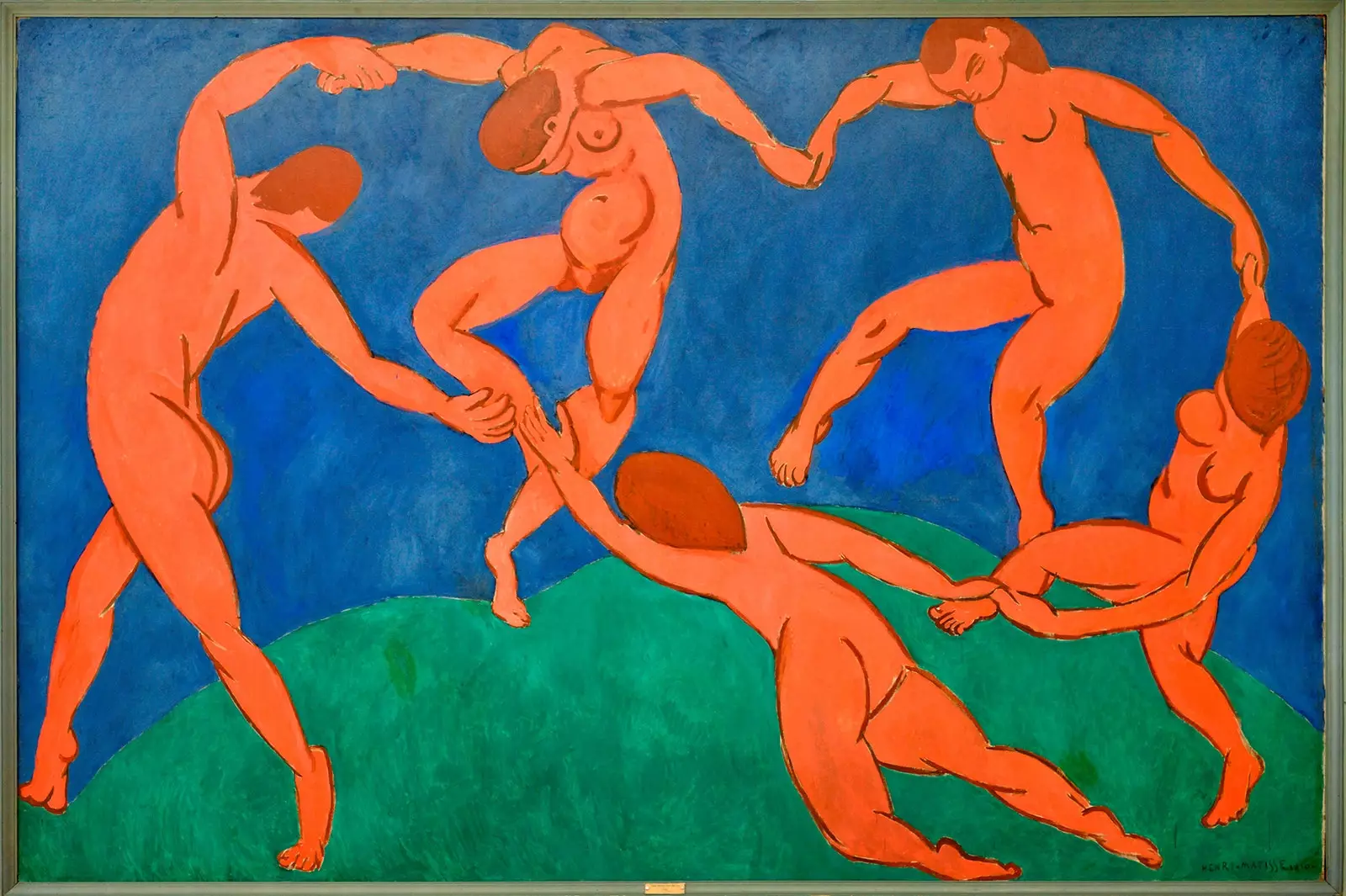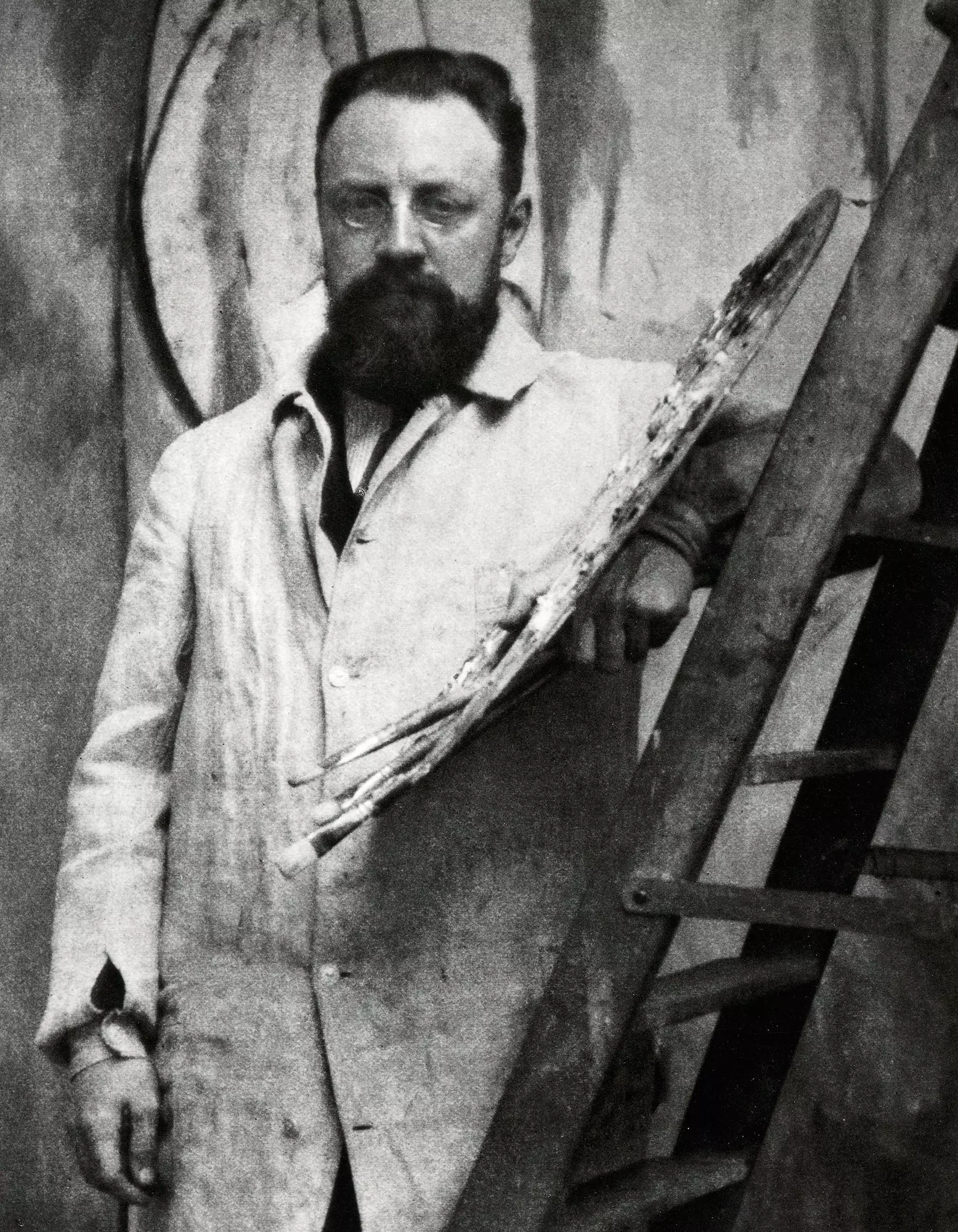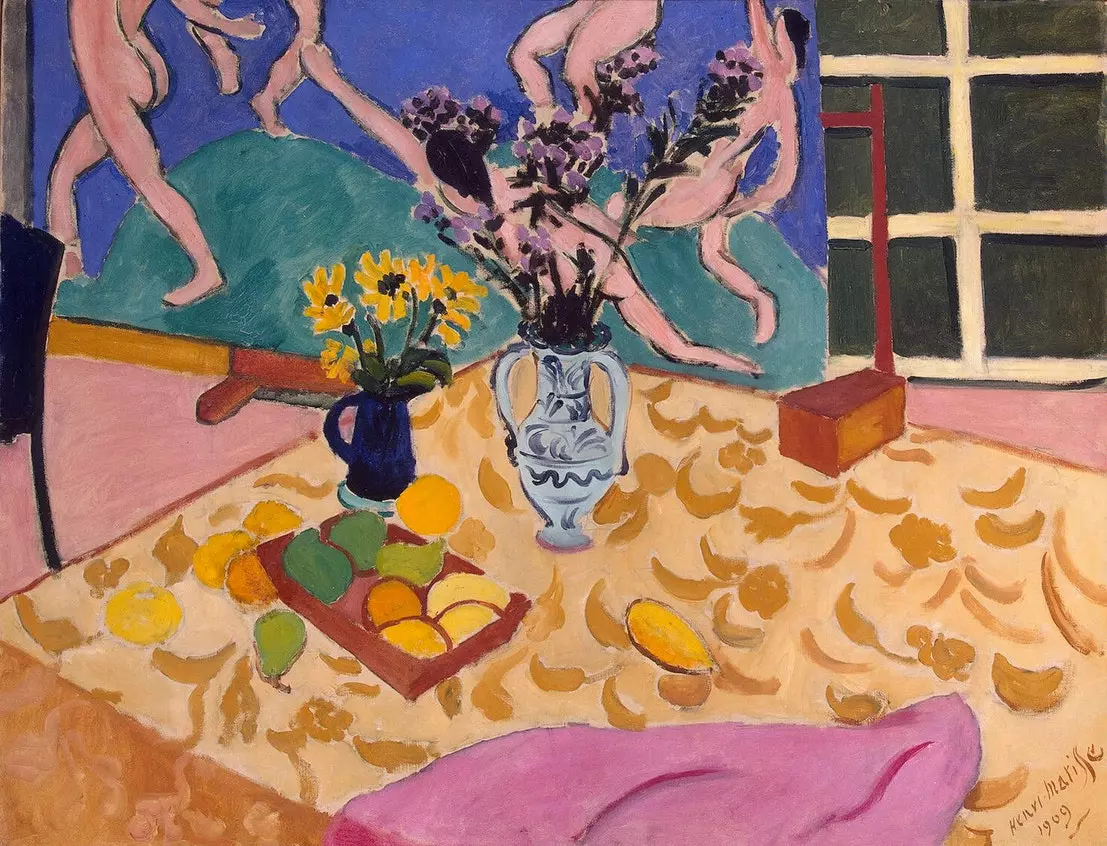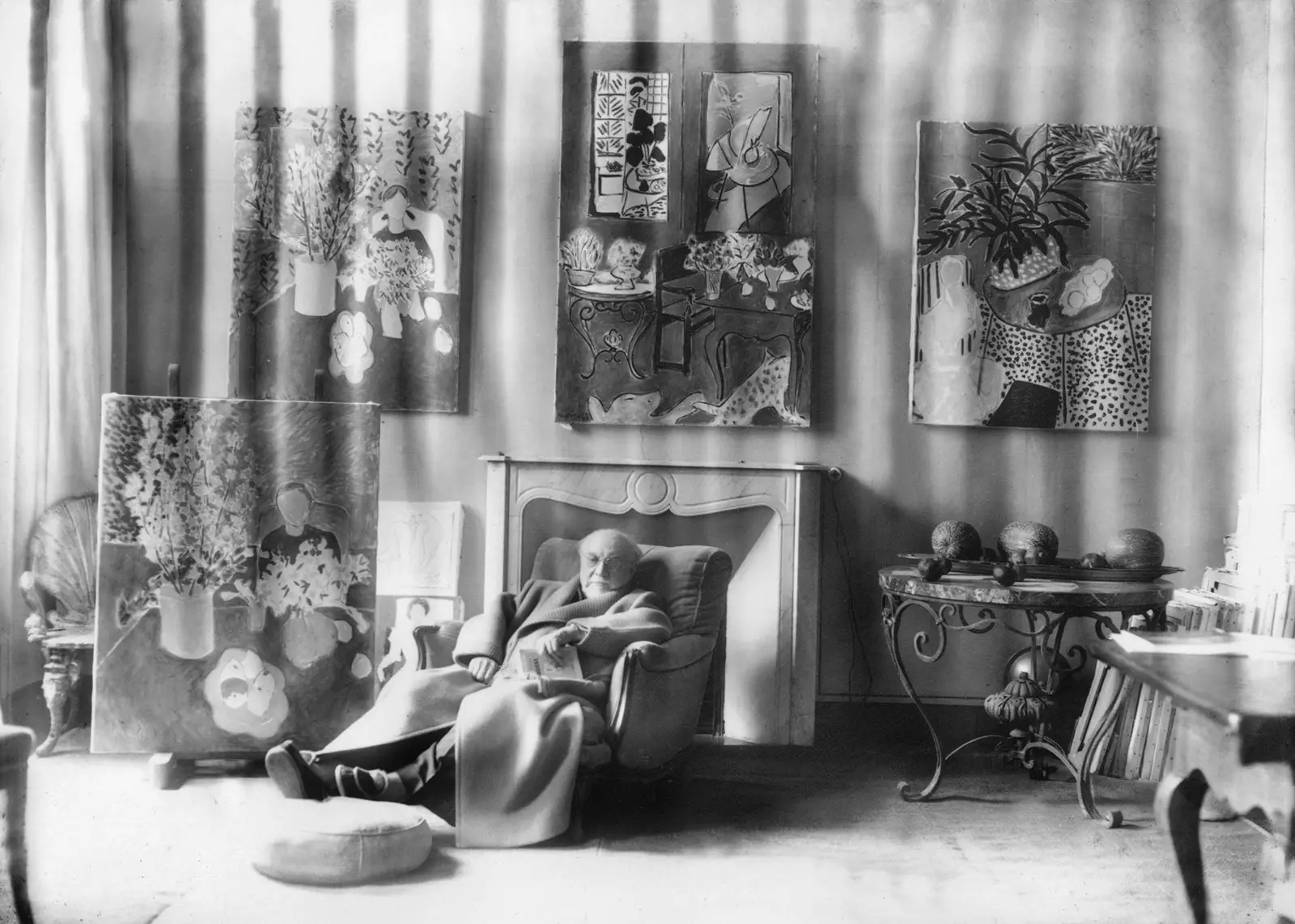
Journey to a painting: 'The Dance', by Henri Matisse
Five women dance naked, in a circle, holding hands . His steps are hectic. The legs are raised, the feet barely touch the grass. Bodies contort in air steps. His gestures convey a feverish enthusiasm. It's hot. The sweat breaks out, the breath hitches. The dance doesn't stop.
When Matisse painted The Dance, in 1906, he said that he reached “the climax of an overwhelming luminosity” . He was thirty-seven years old. He had abandoned his legal career because of the revelation that the use of the brush produced in him. It happened in the confinement imposed by a convalescence from appendicitis.
He lived in Paris. in Montparnasse , the bourgeois aspect of him produced bewilderment. He experimented with divisionism, which proposed the separation of colors into points that interact with each other. But he went further. His palette gained in expressiveness during a summer in Saint Tropez . A year later, during a stay in Collioure beside Andre Derain , he shaped a new movement: fauvism.

Henri Matisse in his studio
The fauves , either wild , as the critic labeled them Louis Vauxcelles at the 1905 Paris Salon d'Autumn , favored the primacy of color and the use of strident tones. Faced with the atmospheric realism of the Impressionists, his works sought a simplification of forms. tended to abstraction.
In 'La danza', the curve marked by the arms grows from the hill in green, blue and red. The figures show the search for the primitive. The line defines its profile and establishes a schematic anatomy. The faces are abstracted. Beat the expression, the movement.
The work is a large-format mural: four meters wide by more than two and a half meters high. It was commissioned by the Russian collector Sergei Schukin, who installed it in his Moscow mansion together with The Music. The artist painted a first version, preserved in the New York MoMA , as a sketch. Their colors are lighter. He raised its intensity in the final version, which is currently on display at Hermitage Museum in Saint Petersburg.

'Still Life with Dance': or the painting within the painting
'The dance' is a place that, in Matisse, faces south . It is at the antipodes of winter recollection. The rite emerges as a vital manifestation linked to the cycles of nature. Three decades earlier, Nietzsche identified this drive with Dionysus, the Greek god of wine. For the philosopher, the Dionysian beats in the spontaneous, in the chaotic. Euphoria and enthusiasm oppose the Apollonian : order, logic, prudence, purity.
Dionysus manifests himself in rituals and festivities, in music that is not subject to academics. His followers dance to the sound of drums, bells and flutes; they celebrate bacchanals in which the wine runs until drunkenness. This affirmation of life beats in 'La danza'.
The work has been associated with 'Spring consecration' , the ballet that Stravinsky It premiered years later at the Champs-Élysées theater in Paris. In the tense and throbbing pulse of the strings that accompany 'The Maidens' Dance' , the composer evokes, like Matisse, the Dionysian. Its premiere provoked in the public the same indignant violence that would erupt, the same year, before the artist's works at the International Exhibition of Modern Art in Chicago.

Henri Matisse in his villa 'The Dream' in Vence, France
The press and visitors had shown astonishment at the works of the Fauves and Cubists. A group of art students performed a trial in effigy of the wild painter. Henri Matisse was accused of “ artistic murder, pictorial fire, color degeneration, criminal use of the line and aesthetic aberration”.
He was found guilty . The parody concluded with a bonfire in which several reproductions of his works were burned, including Blue Nude. For the order of the Apollonian, his reclining voluptuousness supposed, like the dark bodies of 'The Dance', a threat.
